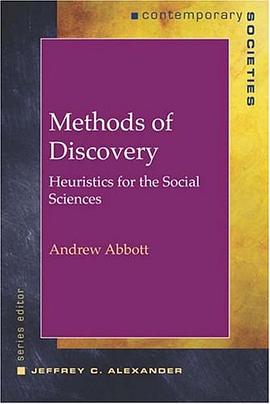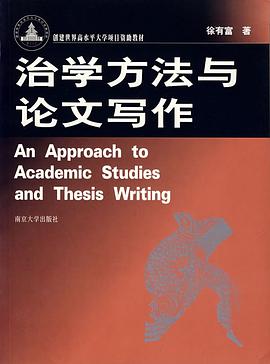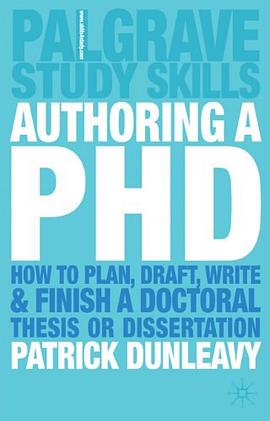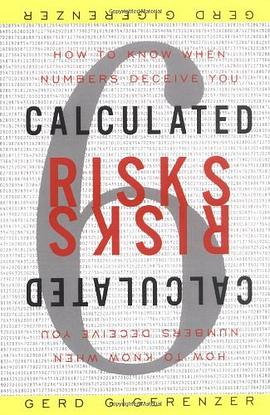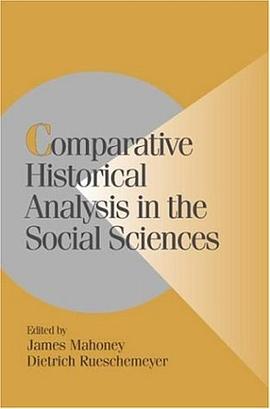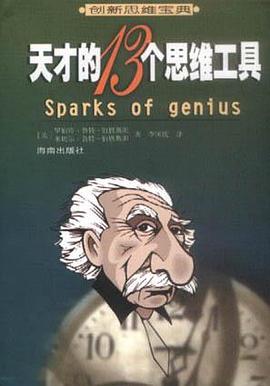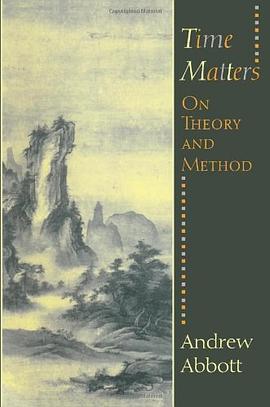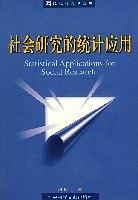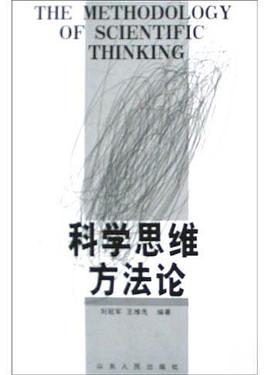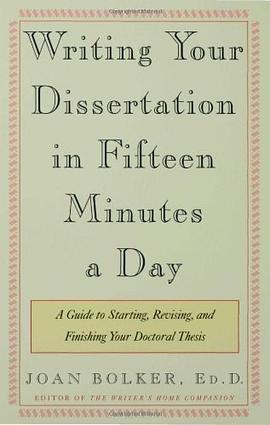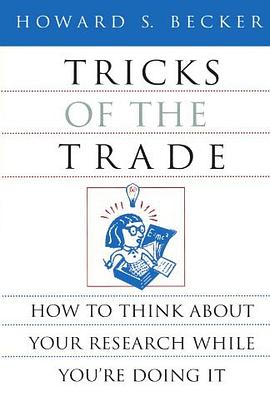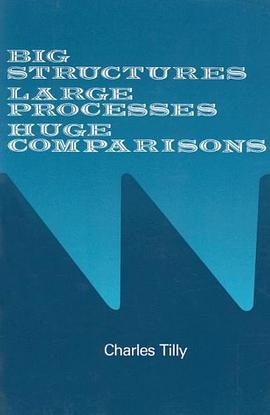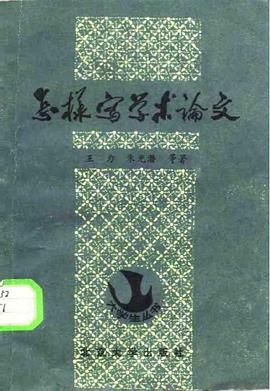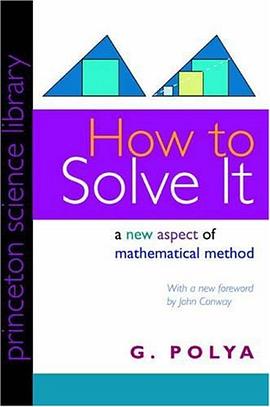
A perennial bestseller by eminent mathematician G. Polya, "How to Solve It" will show anyone in any field how to think straight. In lucid and appealing prose, Polya reveals how the mathematical method of demonstrating a proof or finding an unknown can be of help in attacking any problem that can be "reasoned" out - from building a bridge to winning a game of anagrams. Generations of readers have relished Polya's deft - indeed, brilliant - instructions on stripping away irrelevancies and going straight to the heart of the problem. In this best-selling classic, George Polya revealed how the mathematical method of demonstrating a proof or finding an unknown can be of help in attacking any problem that can be "reasoned" out - from building a bridge to winning a game of anagrams.Generations of readers have relished Polya's deft instructions on stripping away irrelevancies and going straight to the heart of a problem. "How to Solve It" popularized heuristics, the art and science of discovery and invention. It has been in print continuously since 1945 and has been translated into twenty-three different languages. Polya was one of the most influential mathematicians of the twentieth century. He made important contributions to a great variety of mathematical research: from complex analysis to mathematical physics, number theory, probability, geometry, astronomy, and combinatorics. He was also an extraordinary teacher - he taught until he was ninety - and maintained a strong interest in pedagogical matters throughout his long career.In addition to "How to Solve It", he published a two-volume work on the topic of problem solving, "Mathematics of Plausible Reasoning", also with Princeton. Polya is one of the most frequently quoted mathematicians, and the following statements from "How to Solve It" make clear why: "My method to overcome a difficulty is to go around it." "Geometry is the science of correct reasoning on incorrect figures." "In order to solve this differential equation you look at it till a solution occurs to you."
具體描述
讀後感
做了个思维导图,相当于解决难题的checklist吧。 checklist有教条的嫌疑,但是教条之所以是教条就是因为教条具有价值。对教条主义的批判,应该是执行教条中的僵硬和肤浅,而不是教条本身。 这种思考流程几乎对所有的问题有用,而不仅仅是数学题目。只是对不同的问题,可能有不...
評分关于书本身的内容就在此不谈. 这书的翻译有很好的质量. 可以表明翻译者都是下了功夫,并且也体现了翻译者的语言水平. 下面举几个简单的例子说一下: 1. p.127 "求解题, 证明题(Problems to find, problems to prove)" 看到这个很难觉得能说明什么问题, 因为这里的单词是如此简...
評分终于翻完波利亚这本“怎样解题”,大受裨益。虽然这本书主要是以数学学习为主,但其中一些思想是可以扩展到大部分问题的解决。 书的核心内容是现代探索法 (P108)、帕普斯 (P117)和前面那张表,个人觉得可以以这三部分内容为主,然后在书中第三部分的“探索法小词典”里面...
評分 評分第一次知道波利亚的《怎样解题》是在大学的师范教育类课程当中,当时只将它作为考点之一记下书名作者和中心内容,并没有详细地去阅读研究,毕业三年后的这个寒假才有机会下定决心把它当成作业来完成。 总的来说,这不是一本教授具体的解题技巧的书,书中没有很多眼花缭乱又精妙...
用戶評價
: O1-44/P781
评分大部分的問題,都可以按照數學題來對待,尋找相似的解決方法和答案,可能是最有效的辦法
评分!!!!
评分!!!!
评分以前老師問我,你怎麼解齣來的啊,我說靈感--其實不是,我從來沒有把這些過程描述齣來,這本書做到瞭,果然是大牛人啊:)
相關圖書
本站所有內容均為互聯網搜索引擎提供的公開搜索信息,本站不存儲任何數據與內容,任何內容與數據均與本站無關,如有需要請聯繫相關搜索引擎包括但不限於百度,google,bing,sogou 等
© 2025 qciss.net All Rights Reserved. 小哈圖書下載中心 版权所有


